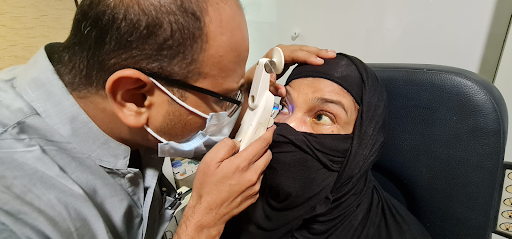Glaucoma is known as “silent thief” of sight as most of the times patients do not experience any symptoms and are unaware of vision loss till severe damage has occurred.
Hence, “Early detection and treatment of glaucoma by an ophthalmologist remains the key to preventing optic nerve damage and irreversible blindness”.
However, some patients may present with the following:
- Headache
- Eye pain
- Blurred vision
- Redness / watering of eyes
- Coloured halos
- Nausea and vomiting
The diagnosis and severity of the disease requires the following examinations to start treatment and monitor glaucomatous changes.
1.Measurement of Eye Pressure (intraocular pressure)
2.Corneal Thickness (pachymetry)
3.Angle Structure Assessment (gonioscopy)
4.Optic Nerve Head Analysis (Fundoscopy)
5.OCT (optical coherence tomogram)
6.Perimetry (Visual field assessment)
- Family members with glaucoma
- Age more than 40 years
- People who has Diabetes
- Myopia (nearsightedness)
- Regular, long term steroid / cortisone use
- A previous history of TRAUMA
- High blood pressure
- Thyroid disorders
The Aim of Glaucoma management remains, prevention of further damage, since whatever damage has already occured cannot be reversed.
Medical treatment: Includes drops which are given to keep the eye pressure under control. This requires very good compliance and patients must remember that drops should not be stopped/changed without the doctor's advice.
Laser treatment: Peripheral iridectomy and Selective laser trabeculoplasty (SLT) are options in cases of closed angle and open angle glaucoma. The doctor will decide if you will benefit from these procedures.
These include trabeculectomy and ahmed glaucoma valve surgery to create a new route for drainage and reduce the eye pressure.
Click here to see a video …
Glaucoma in Children ..click here

